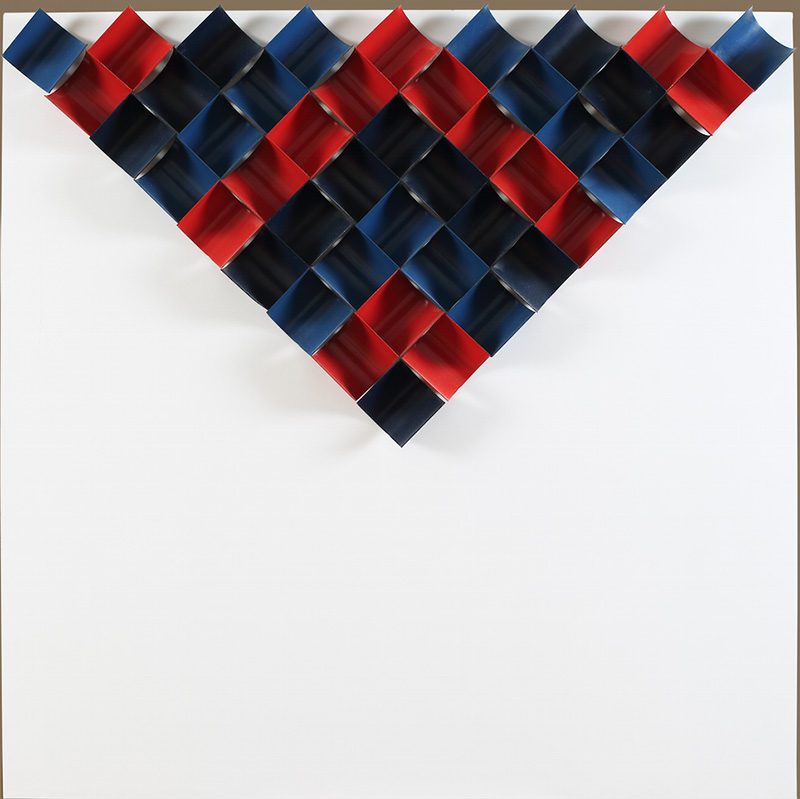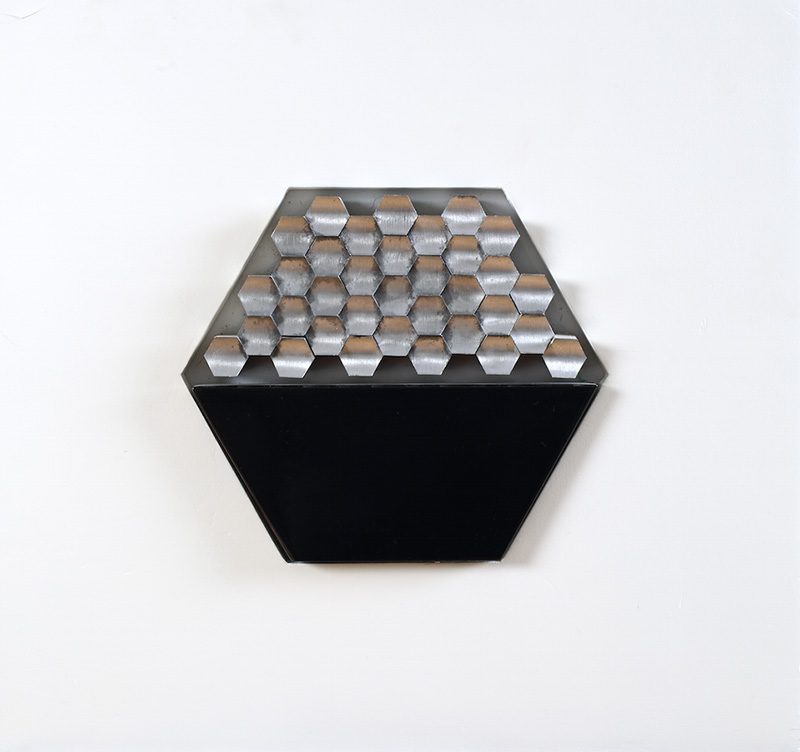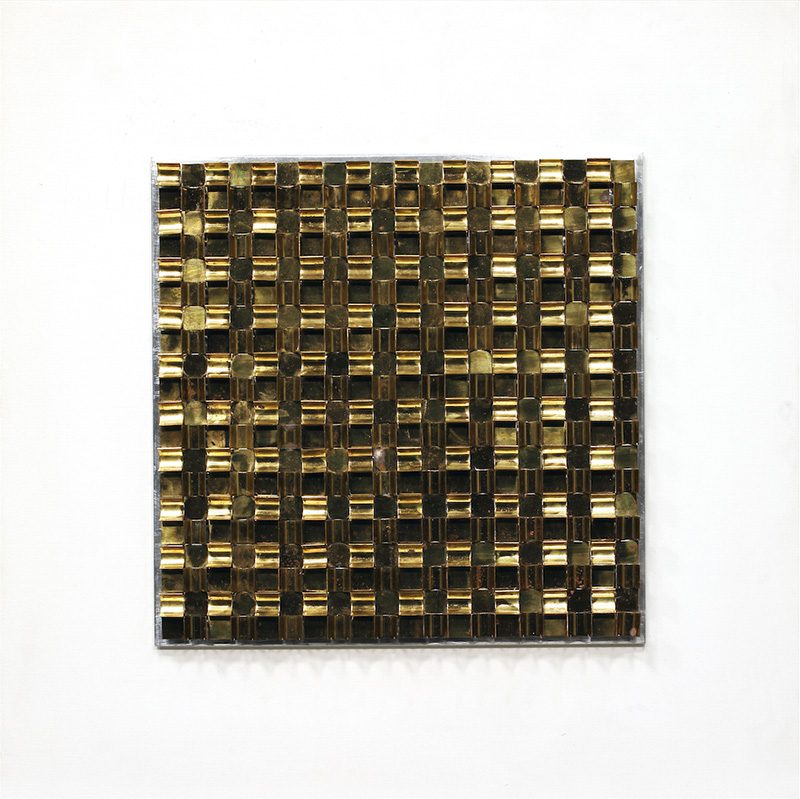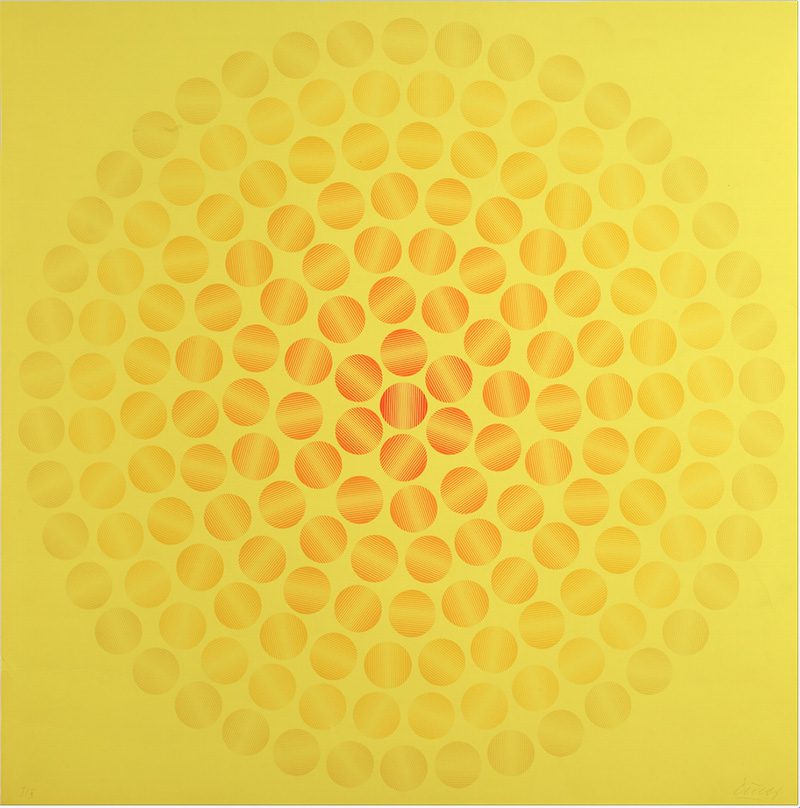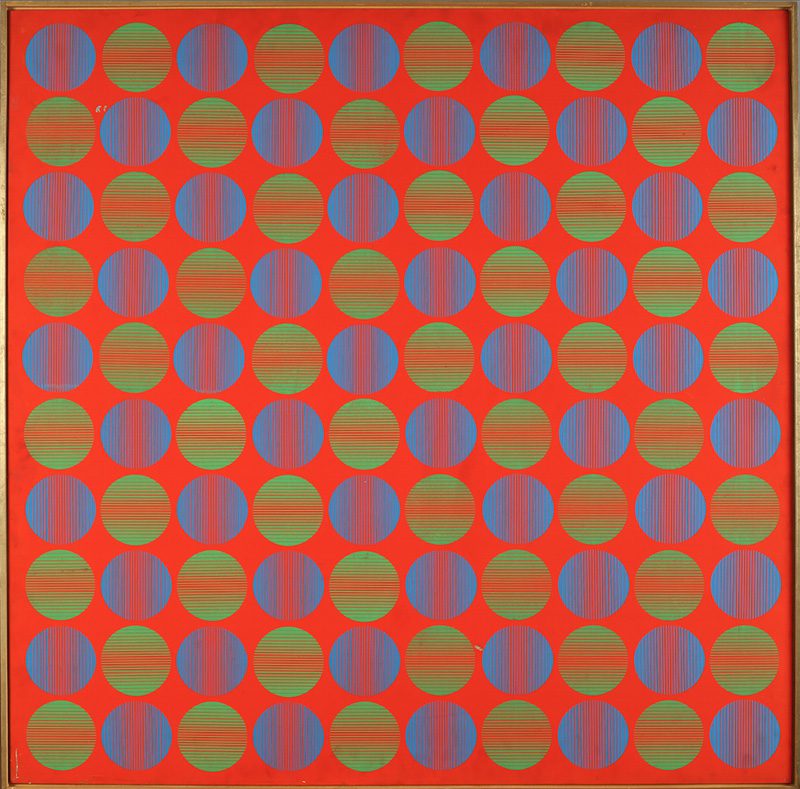ART CITIES: London -Ivan Picelj
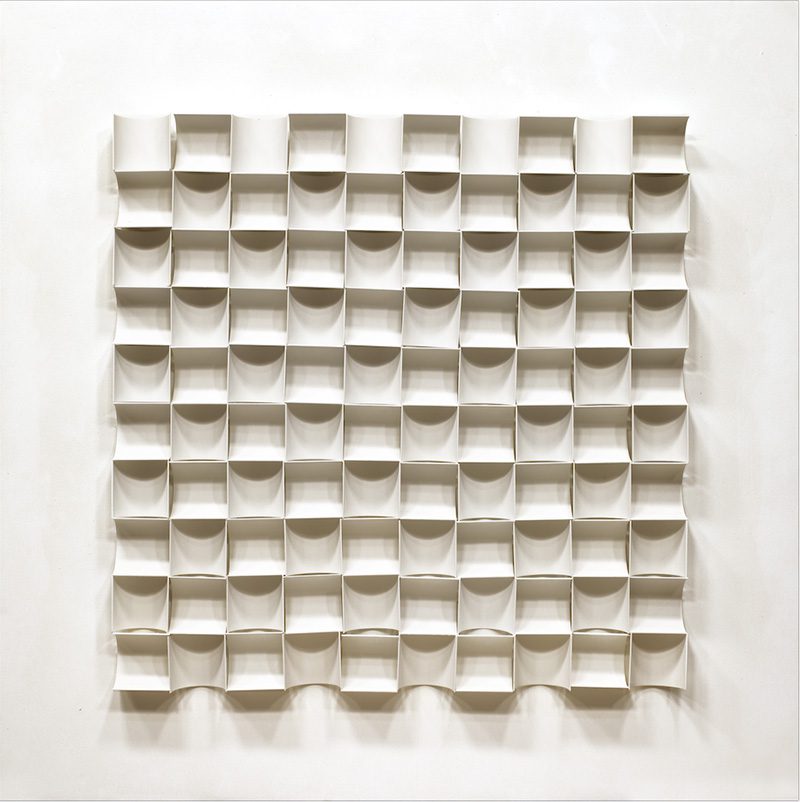 Ivan Picelj close to graduating from Zagreb’s Academy of Fine Arts (1946), abandoned his formal art studies and got involved in some experimental research far away from the official art language of that time. He was one of the founders of Exat 51(1950-56), a member of the Industrial Design Studio, and he was a co-founder of the New Tendencies movement.
Ivan Picelj close to graduating from Zagreb’s Academy of Fine Arts (1946), abandoned his formal art studies and got involved in some experimental research far away from the official art language of that time. He was one of the founders of Exat 51(1950-56), a member of the Industrial Design Studio, and he was a co-founder of the New Tendencies movement.
By Dimitris Lempesis
Photo: Cortesi Gallery Archive
The exhibition “The Concrete Utopia: Ivan Picelj and New Tendencies 1961–1973”, explores the Neo Avant-Garde of the ‘60s & ‘70s, featuring 40 works by Ivan Picelj, retracing the significant developments of one of the New Tendencies Movement leading figures, through his rigorous ideation and infinite patience for repetition, his forms become a concrete utopia, created as a better way to see, feel and experience the everyday in life. The exhibition also highlights the central role played by the artist, whose work and artistic explorations range from painting to architecture to the graphic design of posters, catalogues and magazines. Picelj was editor of the BIT international magazine. Picelj has produced several limited-edition artists’ books, collaborating with Richter, Vasarely and Alviani artists, amongst others. In 1962, he wrote the manifesto titled, “For Active Art”, which clearly shows his inclination towards Avant-Garde thinking. New Tendencies, represented a new sensibility, rejecting both Abstract Expressionism and Socialist Realism in an attempt to formulate an art adequate to the age of advanced mass production. The movement started in 1961 in Zagreb. It was dedicated to Concrete and Constructivist Art, but included Op art and Kinetic Art, too. Three exhibitions were arranged in the years 1961, 1963, and 1965, before in 1968 (under the title Tendencies 4) a symposium, a short exhibition, and a long-lasting series of different events shifted the focus to “computers and visual research”. The movement lost its thrust in 1973, but continued until 1975, and finally ended in 1978. The artists and theorists participating in the movement opposed the mystification of the artist as a genius. During their brief but euphoric existence, the New Tendencies Movement turned socialist Yugoslavia into an international hub for computer scientists, artists and theorists interested in exploring the intersection of art and computer technology. Operating with the support of the Gallery of Contemporary Art (today the Museum of Contemporary Art Zagreb), New Tendencies hosted a series of successful exhibitions and published nine issues of the multilingual magazine Bit International.
Info: Ilaria Bignotti, Cortesi Gallery, 41 & 43 Maddox Street, London, Duration: 26/5-22/7/16, Days & Hours: Mon-Fri 10:00-18:00, Sat 12:00-18:00, www.cortesigallery.com
